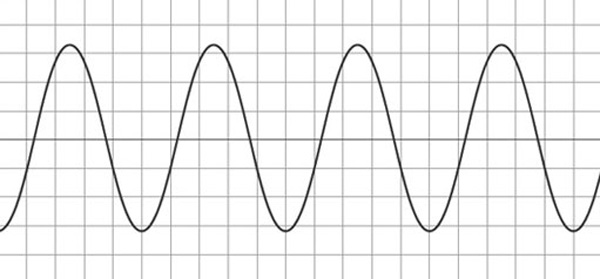Sometimes it is useful, especially with music, to know where an idea comes from. The major scale is one of the most prolifically used patterns in all of music.
Like everything it’s best to start from the beginning:
Notes are vibrating molecules in the air.These vibrating molecules in the air then vibrate our ears. Then our ears send a signal to our brain and our brains hear sound.
Sometimes, two notes might vibrate at the same time. If they are vibrating at the same speed, they will join together perfectly and sound identical (even if there are two different sources). If they vibrate at different speeds they will be different notes and our ears will hear the two separate notes separately – our brains are able to distinguish.
Sometimes the two notes that vibrate together sound harsh and uncomfortable to our ears. Sometimes they sound pleasant because they are vibrating at complimentary frequencies (meaning that one fits with the other nicely, even if they are not the same).
From the first peak to the next peak on the image below is 1 single vibration. There are 4 here. If this image happened to represent the note A, for example, there would be 880 of these peaks in a 1 second period. That means the below image would be 0.45% of a 1 second period, if the note were A (because it is 4 rises and falls 4 times)
If another wave appeared at a rate of 261.63 vibrations per second (a C note), it would sound pleasant.
